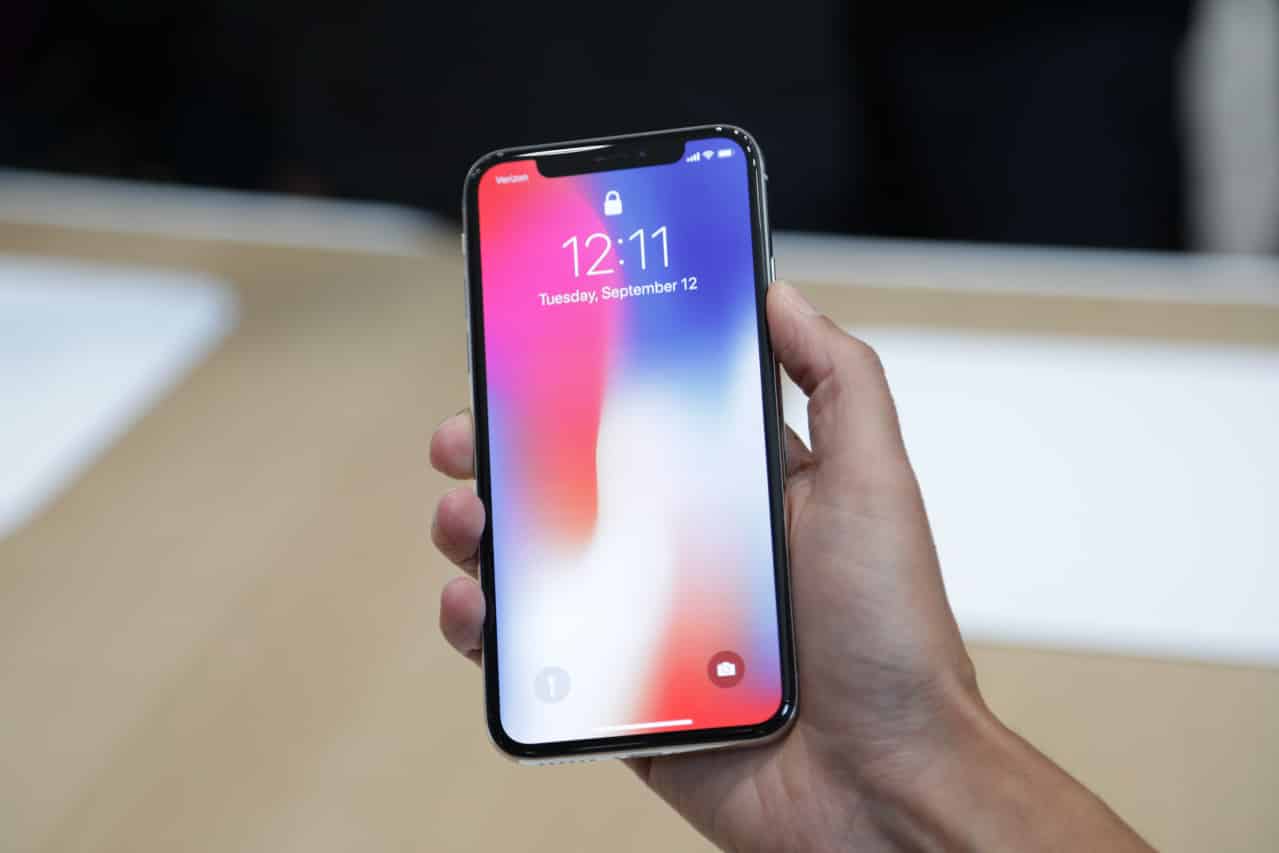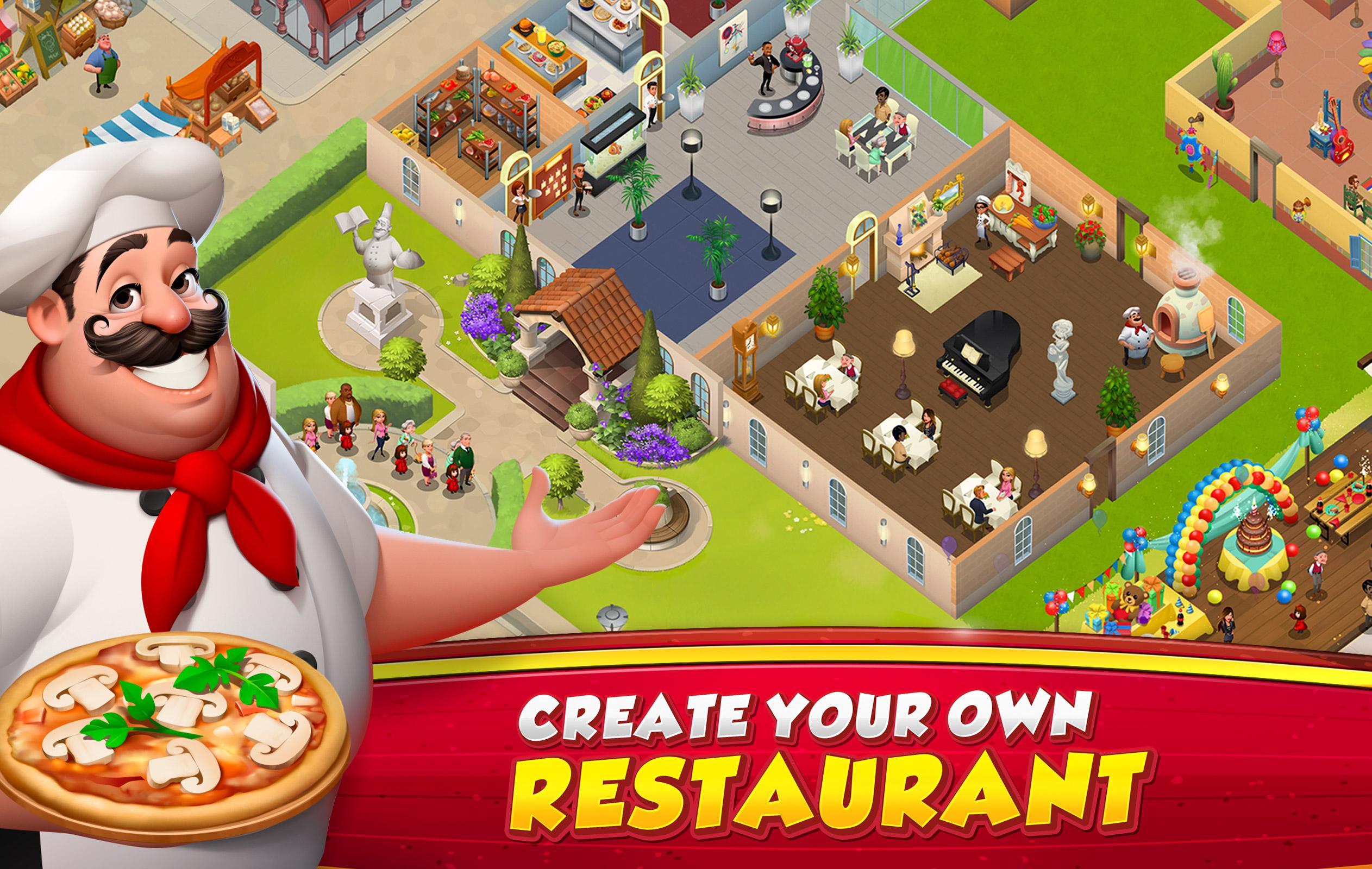Apple nowadays introduced it’s amending the App Store tenet that banned apps created templates and different app technology offerings. When the agency revised its regulations earlier this year, the circulate was supposed to lessen the range of low-satisfactory apps and…
Apple nowadays introduced it’s amending the App Store tenet that banned apps created templates and different app technology offerings. When the agency revised its regulations earlier this year, the circulate was supposed to lessen the range of low-satisfactory apps and unsolicited mail. But the selection ended up impacting a far wider marketplace — inclusive of small companies, eating places, nonprofits, groups, clubs, and others who don’t have the in-house know-how or finances to construct custom apps from scratch.
Apple’s new rule is supposed to clarify what form of apps will and could no longer be ordinary inside the App Store.

Four.2.6 Apps created from a commercialized template or app technology career can be rejected except they’re submitted without delay by the provider of the app’s content material. These services must no longer submit apps on behalf of their customers and provide tools that permit their customers to create custom-designed, revolutionary apps that offer particular client stories.
Another ideal choice for template providers is to create a single binary to host all purchaser content material in an aggregated or “picker” model, for example, as a restaurant finder app with separate custom-designed entries or pages for every client restaurant, or as an occasion app with separate entries for each client occasion.
This is Apple’s try to clarify how it thinks about templated apps.
Core to this is the concept that whilst it’s first-rate for small companies and organizations to undergo an intermediary like an app templating services, the app template providers shouldn’t be the ones, in the end, publishing those apps on their clients’ behalf.
Instead, Apple wants every app at the App Store to be posted via the business or company in the back of the app. (This is something that’s been recommended earlier than). That approach your local pizza keep, your church, your gym, and many others. Desires to have reviewed the App Store documentation and licensing agreement themselves, and more actively participate in the app publishing manner.
Apple in early 2018 will waive the $99 developer fee for all authorities and nonprofits beginning within the U.S. To make this transition easier.
It’s nonetheless nice if an intermediary — like a template building service — aids them in this. And it’s additionally best if a template-building provider allows them to create the app inside the first region. In truth, Apple isn’t absolutely concerned a lot about “how” the app gets built (see you later as it’s now not a wrapped webpage) — it cares approximately the quit result.
Apps need to offer superb enjoy, the corporation insists. They shouldn’t all look the same; they shouldn’t seem like clones of one another. And, most significantly, they shouldn’t seem like the net or function, just a wrapper around what could in any other case simply be the business internet site or their Facebook Page.
Apps are supposed to be more than the internet, supplying a deeper, richer revel in, Apple believes.
There is some disagreement on how considerably this rule is being enforced, but.

Today, customers might also interact with the sort of “templated clones” — like an app for his or her favored taco area, their church, a nearby band, their faculty, and so forth. They don’t understand that the app is one among many who look just like it, and they likely don’t care.
Besides, a kind of uniformity to apps in a given space should cause them to be less complicated to apply, a few argue. You’ll know in which to discover the “mobile ordering” feature or where the menu is positioned after they’re not all specific snowflakes, trying to be different for difference’s sake.
On the flip facet, Apple sees an environment filled with hundreds of copycats and clones as a very terrible thing. It’s unfair to developers who’ve custom-constructed their apps, and it could even crash the App Store whilst one tries to load some 20,000 apps published below an unmarried developer account.
While maximum generally agrees that low-high-quality apps don’t need to be in the App Store, there’s enterprise difficulty that banning template-based apps as a whole has been an overreach.
The move even stuck the attention of Congressman Ted W. Lieu (thirty-third District, California), who instructed Apple it turned into “casting too extensive a net” in its attempt to put off spam and illegitimate apps from the App Store and turned into “invalidating apps from longstanding and valid developers who pose no hazard to the App Store’s integrity.”
t appeared atypical, too, that an organization that on the only hand had argued that everybody deserved unfastened and identical get right of entry to to the net created a rule that makes it extra tough for smaller organizations and nonprofits from doing business on the App Store — particularly at a time while getting access to the internet is greater often carried out via the gateway of cell apps. (See above chart — the browser is passé).
At the very least, this amended language appears to offer some respite for the templating provider providers. They can nonetheless act as a middleman for the smaller agencies, as long as they build customized apps that don’t appear to be one another, and the clients post them on their personal bills. They may even use additives to construct those apps, so long as they have the range to their interfaces and offer an app-like, no longer web-like, experience.
The rule arguably is supposed to offer customers a better App Store filled with well-built, best apps. However, it will have a sweeping impact on small agencies and their capability to compete with large entities. Sure, the pizza place should sell via Uber Eats — but for a steep fee. Sure, the nail salon ought to advertise on Yelp, or the mother-and-pop may want to have a Facebook Page — and lots of doing, of the route. Such is the character of the world. But that also puts the enterprise at the mercy of the larger aggregators. Simultaneously, an app — just like a website — places the commercial enterprise in greater manipulation over their personal future.
Recently, TechCrunch reported that many businesses operating in this area had been given January 1, 2018, cut-off date for compliance with the revised guidelines. After this date, the App Store Review crew advised the agencies their new apps wouldn’t be allowed inside the App Store. Some apps had already fallen beneath the ban and have been seeing their submissions rejected. (Apps already stay were grandfathered in and can be up to date. But it became unclear how long that might be the case.)
Some businesses had even shut down their business due to these changes.
The adjusted language doesn’t appear to permit them to continue as they did earlier. Instead, they’ll need to expand new tools to offer customers “custom-designed, modern apps that provide particular consumer reviews.”
The affected organizations weren’t all that you considered “junk mail” app makers. While of the route, a few that have been wrapping webpages made feel about banning, others operated in extra of a grey location.
They ranged from those that supplied equipment for small groups that wanted their personal app keep a presence to people who served unique industries — like ChowNow, which builds apps for eating places that want their very own mobile ordering systems, or people who construct apps for churches, fitness studios, spas, politicians, activities and more.
These corporations informed us of the four.2.6 (and occasionally the four.3) pointers were being noted by way of the App Review crew while rejecting their apps. They additionally told us they’d hassle getting readability from Apple while discussing the problem in personal, one-on-one phone calls.
The former rule (four.2.6) bans the template-primarily based apps, whilst the latter (4.Three) is more catch-excited by banning unsolicited mail. The four. Three rules became used at times whilst Apple couldn’t show that the app became constructed the use of a wizard or drag-and-drop machine, we had been instructed.
When Apple first announced the adjustments at WWDC, a lot of those template providers and app era services idea they wouldn’t be impacted — the ban changed into meant to weed out the clone-makers and spammers. That’s why it got here as a surprise when Apple reviewers began informing them that they, too, would now not be allowed to publish their apps to the App Store. They didn’t think about themselves as spammers.
Apple’s newly worded policy provides greater clarity on the problem, but it doesn’t certainly change Apple’s prior purpose.
If the app is essentially only a website, if it looks like different apps, then don’t trouble; the App Store is not for you.
Popular
-

How technology in education is empowering marginalised groups
While India sends an orbiter daily Mars, what will become…
2665 0 -

What More You Need to Know about Hearing Aids?
Hearing difficulties are just like several other problems with the…
1838 0 -

Black Tips For Longer and Smoother Almond Nails
Many factors influence the length of your nails, like genetic…
219 0 -

What the Panama Papers don’t say about global finance is just as troubling
Files from the secretive Panamanian regulation firm Mossack Fonseca reportedly…
2755 0 -

Droom launches loan marketplace for used automobiles
Drum, a web platform for buying and promoting used cars,…
2434 0
Latest News
These Bangladeshi bloggers were murdered by Islamist extremists. Here are some of their writings
By Steven S. NashThe modern-day grisly murder came about this week in Dhaka. Multiple assailants made their way into a rental building and…




















